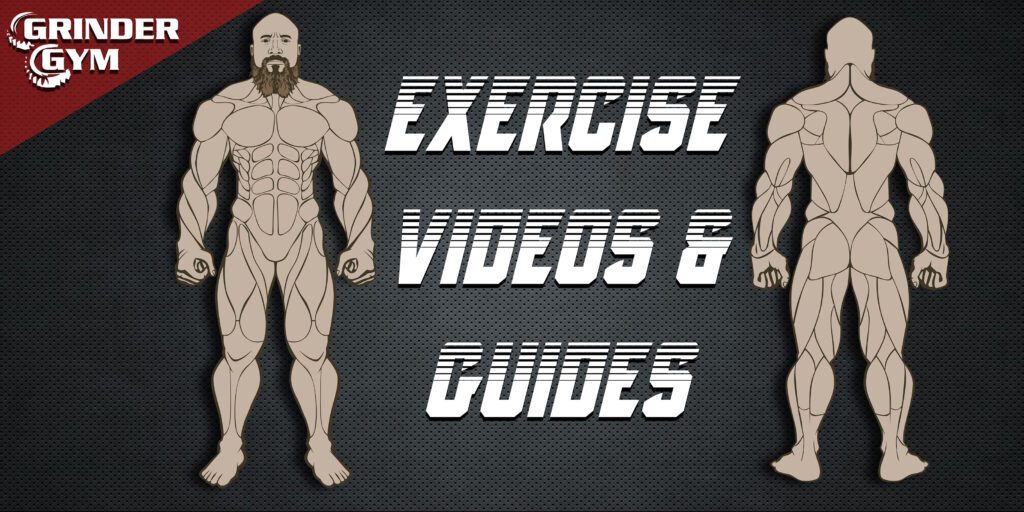Advancing your muscle-building journey requires more than just increasing weights and repetitions. It demands a strategic approach that challenges your muscles in novel ways while promoting recovery and preventing plateaus. In this article, we will explore advanced techniques such as periodization strategies, intensity techniques like drop sets and supersets, rest-pause training, cluster sets, and the incorporation of functional training for well-rounded and sustained gains.
1. Periodization Strategies for Long-Term Gains:
Periodization is a systematic approach that involves altering training variables over distinct time periods to maximize progress and minimize plateaus. It’s divided into three main phases: macrocycle, mesocycle, and microcycle.
Key strategies to implement:
- Macrocycle: Plan your entire year’s training, including different phases such as hypertrophy, strength, and peak performance.
- Mesocycle: Divide the macrocycle into shorter phases, typically 4-6 weeks, each with specific goals and intensities.
- Microcycle: This is the weekly training cycle that involves workouts of varying intensity and focus.
Periodization prevents adaptation, keeps motivation high, and promotes continuous growth by challenging your muscles in different ways.
2. Drop Sets, Supersets, and Other Intensity Techniques:
Intensity techniques are designed to increase the challenge and intensity of your workouts, leading to greater muscle breakdown and growth.
Techniques to incorporate:
- Drop Sets: After reaching muscle failure, reduce the weight and continue the set, extending the muscle engagement.
- Supersets: Perform two exercises back-to-back with little to no rest, targeting different muscle groups or the same group from different angles.
- Pyramid Training: Gradually increase or decrease weights and repetitions within a set.
- Negative Reps: Emphasize the eccentric (lowering) phase of an exercise, enhancing muscle damage.
Using intensity techniques can break plateaus and stimulate new muscle growth through heightened muscle stress.
3. Rest-Pause Training and Cluster Sets:
Rest-pause training and cluster sets are advanced methods that focus on intensity and muscle fatigue.
- Rest-Pause Training: Perform a set to near failure, then rest for 10-15 seconds before squeezing out a few more reps. Repeat this sequence 2-3 times within a single set.
- Cluster Sets: Divide a set into mini-sets with brief rest intervals between. For example, if your target is 12 repetitions, you could perform 4 sets of 3 reps each with a 10-second rest between.
Both techniques help extend a set, intensifying the workout and targeting muscle fibers that may not be fully engaged during traditional sets.
4. Incorporating Functional Training:
Functional training mimics real-life movements and challenges multiple muscle groups simultaneously. It enhances overall athleticism, stability, and coordination.
Functional training exercises include:
- Kettlebell Swings: Engage the hips, glutes, and core in a dynamic movement.
- BOSU Ball Squats: Enhance balance and stability while targeting leg muscles.
- Medicine Ball Throws: Integrate power and explosive strength using your entire body.
Adding functional training to your routine improves overall muscle balance, joint health, and dynamic strength.
In conclusion, embracing advanced muscle-building techniques elevates your training regimen to the next level. Periodization strategies prevent stagnation and encourage consistent growth over time. Intensity techniques like drop sets, supersets, and rest-pause training challenge muscles in unique ways, and incorporating cluster sets promotes muscle fatigue for effective gains. Lastly, integrating functional training enhances real-life strength and stability. By incorporating these advanced techniques intelligently and progressively, you’ll ensure a diverse, exciting, and effective approach to achieving your muscle-building goals.

